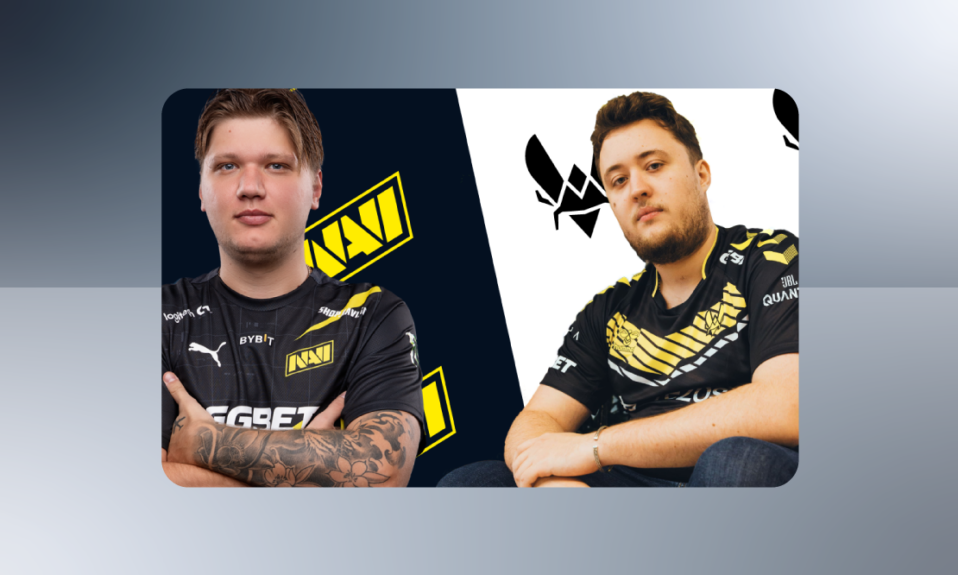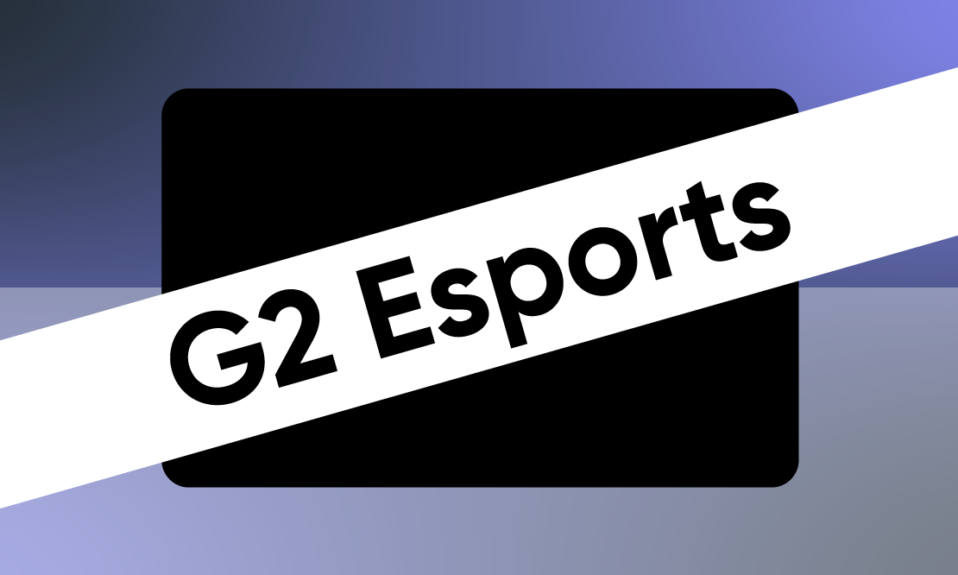
The game is changing for women in esports. In recent years, the male-dominated industry has seen more women competing on stage and bringing home larger prize pools than ever before. Nonetheless, there’s still a long road ahead before female participation will be mainstream in the highest echelons of play.
How many women play video games? Female gaming
The lack of women in esports doesn’t necessarily mean that female gamers are scarce. Instead, women might play games other than men.
Newzoo research suggests that 45% of gamers are female. Of those, 44% play mobile games exclusively. Moreover, women are likelier to identify as casual gamers than core gamers. This could mean women aren’t represented as much in the large, PC-based esports titles, including League of Legends, Dota 2, CS2, and VALORANT.
Share of female players in esports games
Male players indeed dominate the larger esports titles.
League of Legends has 12% female, 87% male, and 1% non-binary players.
VALORANT instead has a 30-40% female player base, likely due to Riot Games’ focus on female-only events and empowering female agents.
While its hard to find reliable data on the Counter-Strike 2 female player count, a Quantic Foundry study suggests that tactical shooter and FPS titles see a 4-7% female player base.
Dota 2 was also hard to find reliable information on, but estimates suggest 3.5% female community members in 2021.
With less female representation in esports titles, many might conclude that women don’t participate in esports because they are not interested in violent or fast-paced shooting games or have inherently worse mechanical skills. But that’s not the case.
Are men or women better at video games?
Men might seem to advance faster in some instances as they often put more time into each video game. However, with all else being equal, studies have found that women advance just as fast as men. However, the bias of women being worse at video games is prevalent.
In fact, a study conducted in 2022 by Kelly et al. allowed participants to rate players’ perceived skill and warmth based on their gender. While the actual gender of the gamer reviewed was random, the study showed a prevalent bias of participants rating “female gamers” to have lower skill or with less “warmth”.
Female player count in esports
With the female player base for top esports titles ranging from 3% to 40%, depending on the title, the number of professional players making it to the top is diminishingly low. According to Women in Esports estimates, less than 1% of the professional player base is women.
The lack of female role models in esports
As we’ve established, women aren’t inherently worse at video games. However, other factors might limit the number of women who make it to the very top of esports. One of these factors is a bit of a catch-22—with fewer role models in gaming, women might find themselves less inclined to try it.
“To every girl out there who is now starting to play CS, I know how hard it is to play all alone and having to deal with sexist trolls even on your own team. I promise that it’s worth the hours you put into a game you truly love and enjoy! I’m very grateful to be able to play esports professionally and watching the female scene grow, only makes me want to work harder every day.”
Ana “zana” Queiroz, BIG EQUIPA
While many might dismiss gender norms as a thing of the past, the fact remains that many internalise and learn from the gender roles they see in society. As women in some parts of the world see fewer role models in STEM or engineering, they might not recognise it as a viable career path. The same has been seen with men and occupations traditionally more connected to women, such as child care or nursing. As such, it wouldn’t perhaps be a stretch to say that women might feel a bit alienated from an esports scene that is 99% dominated by men.
Female professional esports players
That said, several notable examples of female esports professionals have reached the very top. With initiatives such as Game Changers in VALORANT and ESL Impact League, we believe the number of women climbing the ladders will only increase.
1. Florescent, VALORANT
Flor stood out for her insane reads and mechanical skills when MIBR won the Game Changers 2024 Championship. There’s confirmation that Flor is heading to Tier 1 of the VCT EMEA, showing she is on the same level as other dominant players in pro-VALORANT regardless of gender. She currently plays for Apeks.
Follow Flor on Twitter
2. Li Xiao Meng, Liooon, Hearthstone
Li Xiao Meng, or Liooon as she goes by in-game, is a Chinese professional Hearthstone player. She is the first woman to win the Hearthstone Grandmaster Global Finals, claiming the prize pool of $200,000. She later won the Blizzcon Global Championship.
When talking to Women in Esports about her career, she said, “I want to say to all girls who have a dream to join esports tournaments for glory, if you want to do it and have faith in yourself, you just have to go ahead.”
Follow Liooon on Twitter
3. Sasha Hostyn, Scarlett, Starcraft 2
Sasha Hostyn, known in-game as Scarlett, is the first woman to win a major Starcraft 2 Tournament and the highest-paid woman in esports. Her overall earnings are close to $ 400K, almost double that of the second highest-paid woman in esports.
Follow Scarlett on Twitter
The largest all-female esports tournaments
VALORANT Game-Changers
As part of the yearly VALORANT circuit, Game-Changers is the largest tournament for females and marginalised genders, with a $ 500K prize pool and viewership of 460K+ peak viewers. These figures put it on higher levels than tier 1 Counter-Strike tournaments such as ESL Pro League, speaking to the massive scale Riot Games has managed to attain for its female initiative.
CS2 ESL Impact League
The ESL Impact League is part of ESL’s GG for all initiative, working to make esports inclusive for everyone. With a $ 123.000 prize pool, it’s a tier 1 event attracting female rosters from some of the best Counter-Strike 2 teams in the world, including FURIA Esports, BIG, NAVI and Imperial.
The league is already in its third year, with season 7 and 8 being played now in 2025.
ML:BB Women’s Invitational
MOBA mobile game Mobile Legends: Bang Bang is widely popular in Southeast Asia, and its all-female tournament was part of the EWC in 2024. The event attracted rosters from significant teams, including Team Vitality and Falcons, and saw a prize pool of $ 500K alongside a peak viewership of 250K+.
What more can be done for women to enter esports?
Marketing toward women
As men predominately dominate the industry, this is also where most marketing resources and communication go. More campaigns and messaging targeting women could make the industry more appealing for women.
With initiatives such as Game Changers and agents not hyper-sexualised in the way normally prevalent in video games, Riot Games has worked hard to make VALORANT an inclusive space for women. The efforts have undoubtedly paid off, as the game sees more female players than other large esports.
Creating a more friendly gaming environment
Sexism and gender are still prevalent within the gaming community, with older studies even suggesting men who perform worse in games are more likely to harass women. As such, a warmer gaming climate could create better player experiences and less alienating for more women.
Even if there is still a long way to go before women reach a prominent position in esports, there are great examples of professional female players who have climbed the ladders to the top. We hope to see the number increase as esports entities increasingly target more women, the market matures, and gaming becomes more mainstream.
Do you need esports data or statistics for your next project? With more than 11 years of experience in esports and a team of esports experts, Abios delivers historical and live data for 15+ titles. Get started here.







